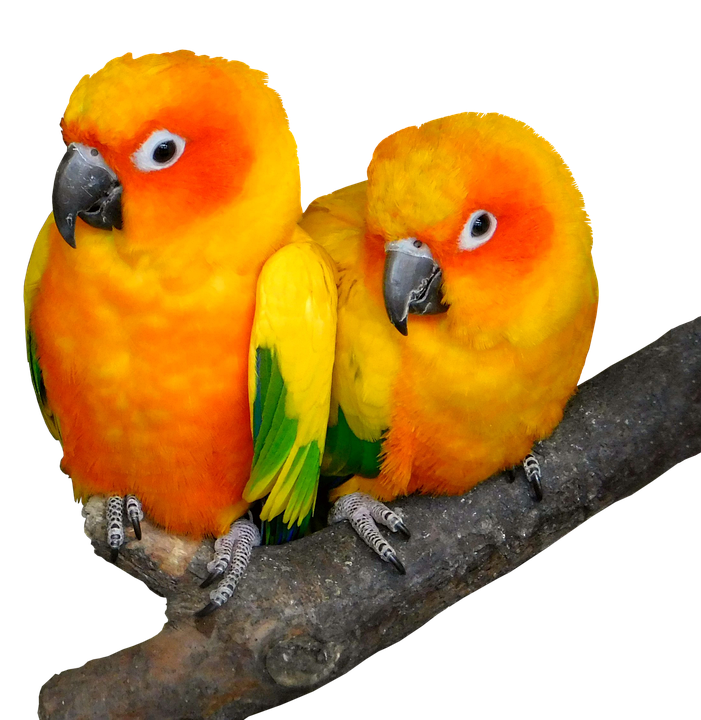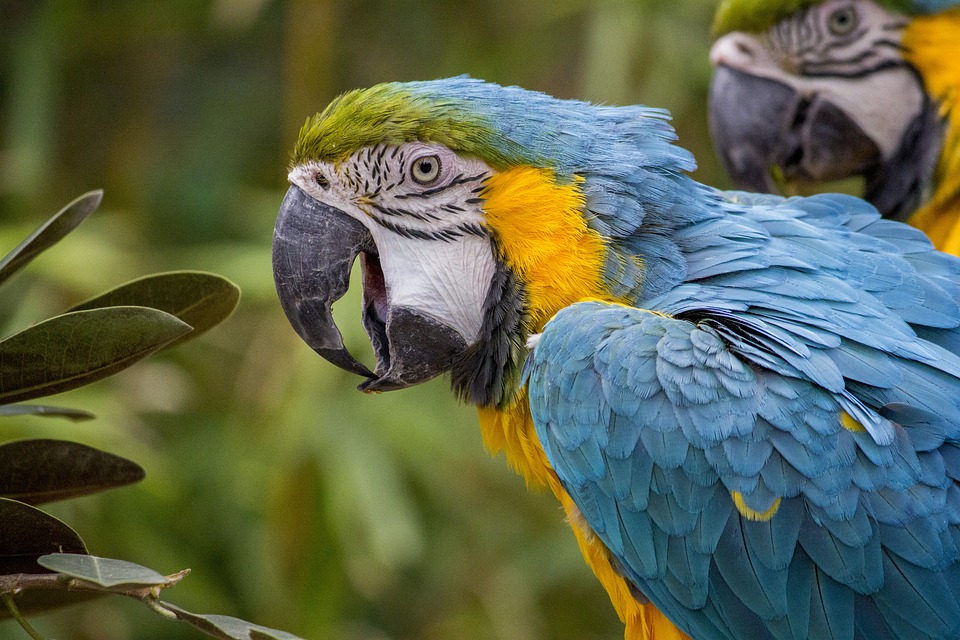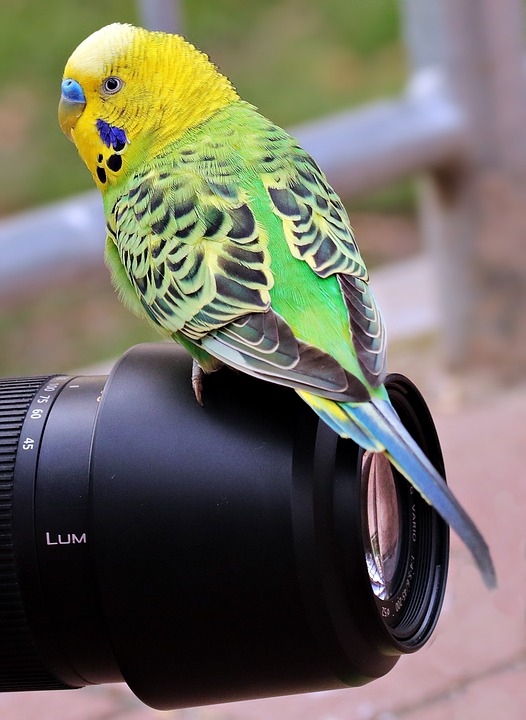Parrots are intelligent and social creatures that thrive on mental and physical stimulation. One way to engage and enrich their lives is by incorporating different textures into their training sessions. By encouraging parrots to interact with various textures, you can provide them with a sensory experience that promotes learning, exploration, and a healthy mental state. In this article, we will discuss effective techniques to encourage parrots to interact with different textures during training, along with some frequently asked questions about this topic.
Benefits of Incorporating Different Textures in Parrot Training
Introducing various textures during parrot training sessions offers several benefits to both the bird and the trainer. These benefits include:
1. Stimulation: Parrots are naturally curious creatures, and by incorporating different textures, you provide them with mental stimulation, preventing boredom and encouraging exploration.
2. Tactile Sensations: Engaging with different textures allows parrots to experience a range of tactile sensations, stimulating their senses and promoting physical well-being.
3. Problem-solving Skills: Introducing textures can challenge parrots to think and problem-solve as they navigate unfamiliar materials, enhancing their cognitive abilities.
4. Bonding: Training sessions that involve textures can strengthen the bond between parrots and their trainers, creating a positive and interactive environment.
Techniques to Encourage Parrots to Interact with Different Textures
Here are some effective techniques to encourage parrots to interact with various textures during training:
1. Gradual Introduction: Start by introducing textures that are familiar to the parrot, such as different types of perches or toys. As the parrot becomes comfortable, gradually introduce more diverse textures, such as soft fabrics or rough surfaces.
2. Positive Reinforcement: Use positive reinforcement techniques, such as treats or verbal praise, to reward the parrot for interacting with different textures. This will create a positive association with the textures and encourage continued exploration.
3. Texture Variety: Offer a variety of textures for the parrot to explore, including soft materials like fleece or velvet, rough surfaces like sandpaper or natural wood, and even crinkly objects like paper or foil. Providing a range of textures will keep the parrot engaged and interested.
4. Interactive Toys: Incorporate interactive toys that feature different textures into the training sessions. Toys with bells, ropes, or different fabric textures can provide an engaging and multi-textured experience for the parrot.
5. Playful Environment: Create a playful environment by placing different textures throughout the parrot’s living space. This encourages natural exploration and interaction, even outside of training sessions.
Frequently Asked Questions (FAQs)
Q1: Why is it important to encourage parrots to interact with different textures?
A1: Encouraging parrots to interact with different textures promotes mental and physical stimulation, enhances problem-solving skills, and strengthens the bond between parrots and their trainers.
Q2: Are there any textures that parrots should avoid?
A2: Yes, it’s important to avoid textures that may be harmful or toxic to parrots. These include materials like lead, toxic paints, or sharp objects that may cause injury. Always ensure the textures provided are safe for your parrot.
Q3: How often should I introduce new textures during training sessions?
A3: The frequency of introducing new textures depends on the individual parrot’s comfort level and progress. Start with familiar textures and gradually introduce new ones over time. Monitor your parrot’s response and adjust accordingly.
Q4: Can parrots lose interest in textures over time?
A4: Parrots may lose interest in certain textures if they become too familiar or repetitive. To keep them engaged, regularly rotate and introduce new textures to maintain their curiosity and enthusiasm.
In conclusion, incorporating different textures into parrot training sessions offers numerous benefits and enriches their lives. By gradually introducing various textures, using positive reinforcement, and providing a playful environment, you can create a stimulating and enjoyable training experience for your parrot. Remember to prioritize safety and monitor your parrot’s response to ensure a positive training journey.









